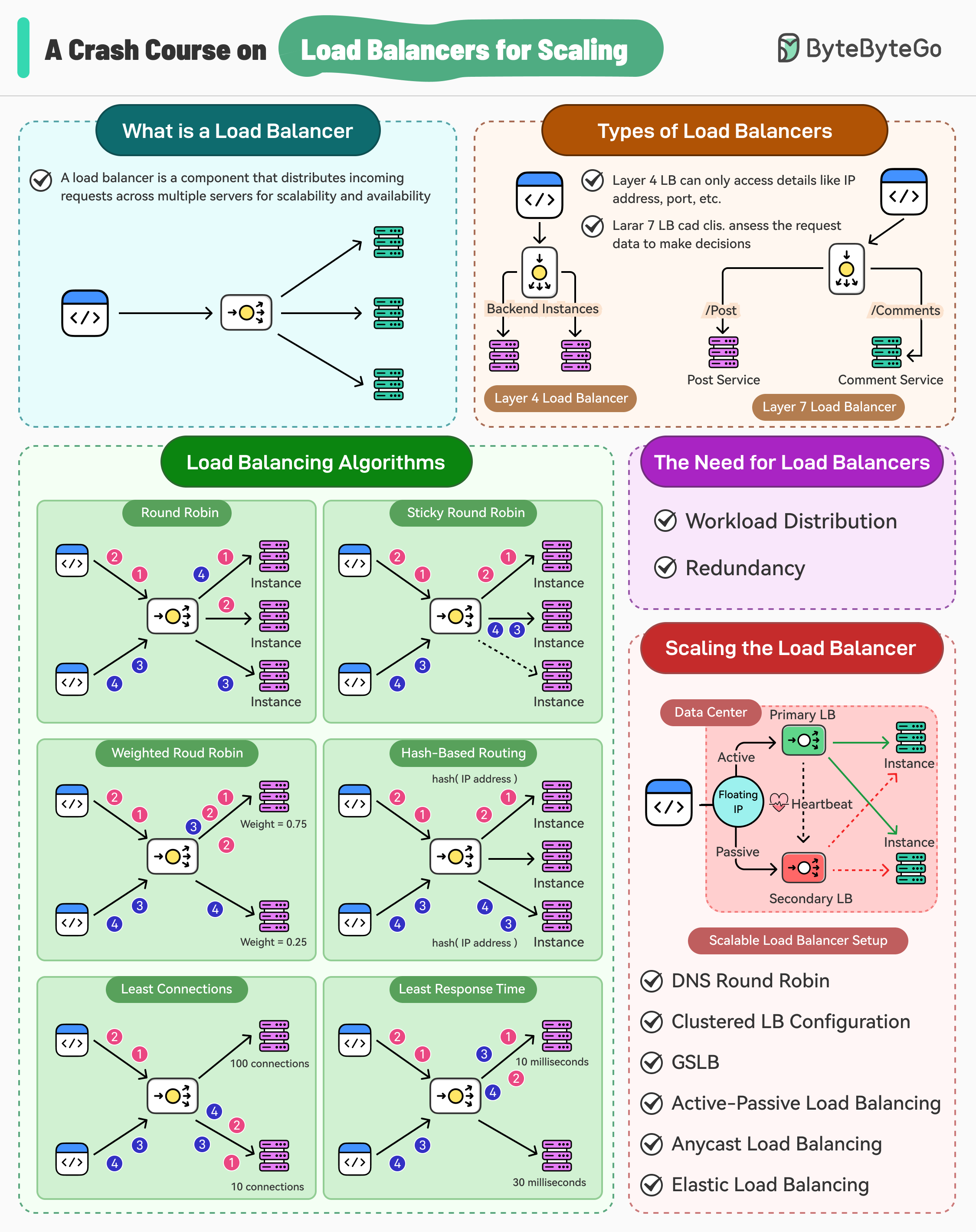- Mailing Lists
- in
- A Crash Course on Load Balancers for Scaling
Archives
- By thread 5224
-
By date
- June 2021 10
- July 2021 6
- August 2021 20
- September 2021 21
- October 2021 48
- November 2021 40
- December 2021 23
- January 2022 46
- February 2022 80
- March 2022 109
- April 2022 100
- May 2022 97
- June 2022 105
- July 2022 82
- August 2022 95
- September 2022 103
- October 2022 117
- November 2022 115
- December 2022 102
- January 2023 88
- February 2023 90
- March 2023 116
- April 2023 97
- May 2023 159
- June 2023 145
- July 2023 120
- August 2023 90
- September 2023 102
- October 2023 106
- November 2023 100
- December 2023 74
- January 2024 75
- February 2024 75
- March 2024 78
- April 2024 74
- May 2024 108
- June 2024 98
- July 2024 116
- August 2024 134
- September 2024 130
- October 2024 141
- November 2024 171
- December 2024 115
- January 2025 216
- February 2025 140
- March 2025 220
- April 2025 233
- May 2025 239
- June 2025 303
- July 2025 36
A Crash Course on Load Balancers for Scaling
A Crash Course on Load Balancers for Scaling
Latest articlesIf you’re not a subscriber, here’s what you missed this month. To receive all the full articles and support ByteByteGo, consider subscribing: Over the years, load balancers have become a crucial component of system architecture, acting as the front-line gatekeepers that distribute incoming network traffic across multiple servers. Much like a hotel receptionist who greets guests, checks their documents, and directs them to specific rooms, load balancers manage the data flow within a system to ensure that the system is horizontally scalable. By effectively distributing the workload across multiple servers, load balancers help maintain system performance, even during peak usage.  Unlock this post for free, courtesy of Alex Xu.A subscription gets you:
© 2024 ByteByteGo |
by "ByteByteGo" <bytebytego@substack.com> - 11:35 - 29 Aug 2024

